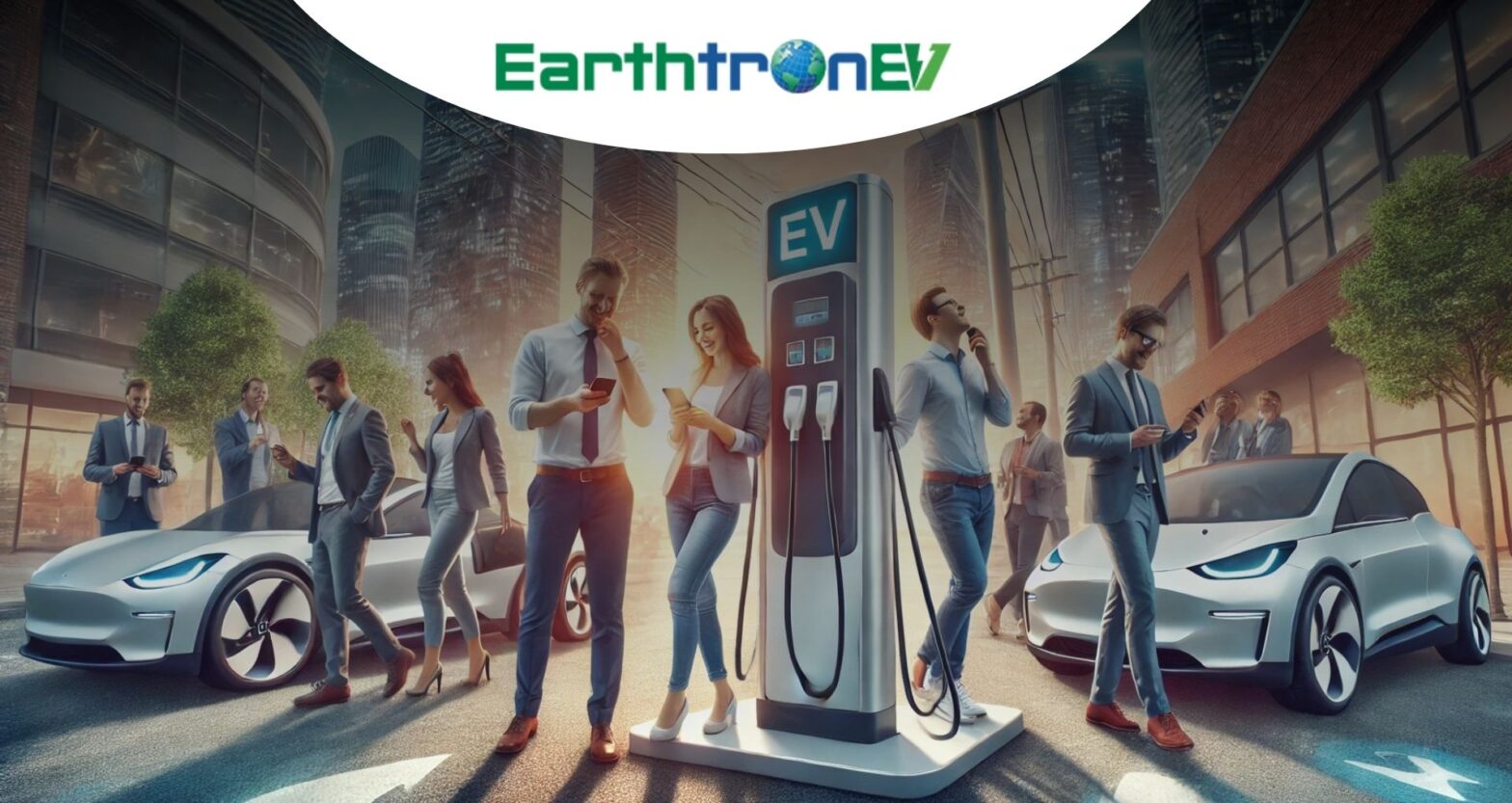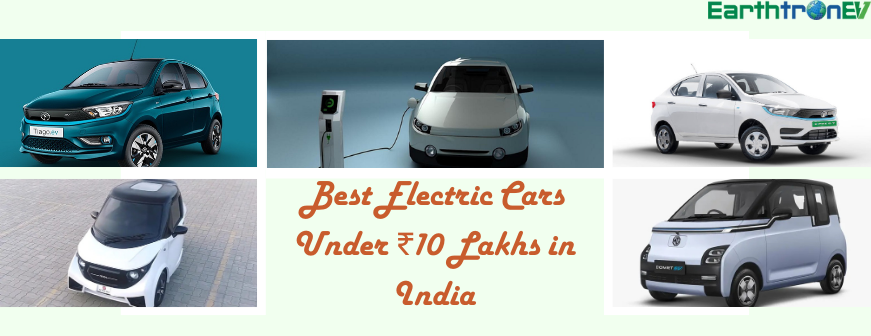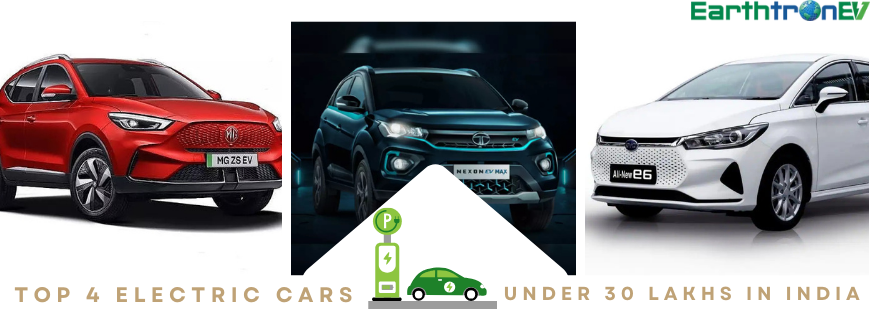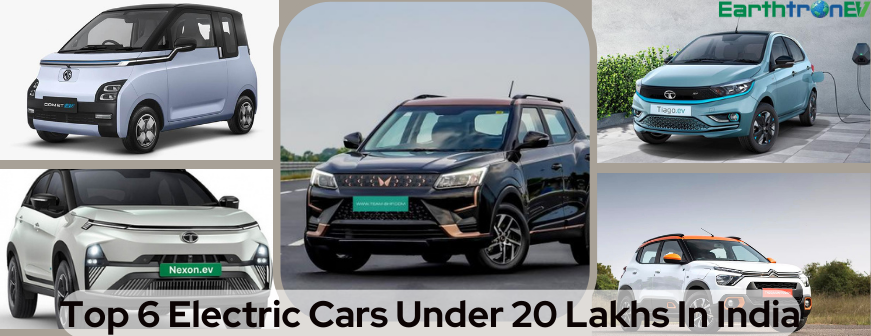Are you curious about the incredible world of electric vehicle (EV) batteries? Well, buckle up and get ready to be amazed! In this blog post, we’re going to dive deep into the fascinating realm of EV batteries and uncover five things that will leave you in awe.
From their hefty weight to their surprising second life, there’s so much more to these powerhouses than meets the eye. So, let’s charge ahead and discover some mind-blowing facts about EV batteries that you probably didn’t know!
1. EV batteries weigh a lot (but that’s not necessarily a bad thing)
When it comes to EV batteries, one thing that often surprises people is their weight. Yes, these batteries can be quite hefty! But before you start fretting about the extra pounds in your electric vehicle, let me reassure you – this isn’t necessarily a bad thing.
You see, the weight of EV batteries actually serves a purpose. These robust powerhouses are designed to store and deliver significant amounts of energy to propel your vehicle forward. So, it makes sense that they need some heft to house all that power.
In fact, the weight of EV batteries contributes to their stability and performance on the road. The added mass helps lower the center of gravity in electric vehicles, improving overall balance and handling. This means better control during turns and enhanced safety for drivers.
Now you might be thinking about how heavy battery packs affect fuel efficiency. While it’s true that heavier cars generally consume more energy than lighter ones, EVs have an advantage – regenerative braking. This clever technology allows EVs to convert kinetic energy into electrical energy when decelerating or coming to a stop, which helps offset any additional weight from the battery pack.
So next time you marvel at the substantial weight of an EV battery, remember that its heaviness serves as a testament to its power and stability on the road. And now that we’ve shed some light on this topic let’s move on to our next mind-blowing fact about EV batteries!
2. EV batteries can power homes and grids, and they can charge using solar power
EV batteries are not just limited to powering electric vehicles; they have the potential to revolutionize energy usage in homes and grids as well. One of the exciting capabilities of EV batteries is bidirectional charging, which allows them to transfer power back into the grid or even supply electricity to a home. This means that during times when there is excess energy stored in an EV battery, it can be used to power appliances and lights at home, reducing reliance on the traditional power grid.
Another innovative concept related to EV batteries is vehicle-to-grid (V2G) technology. With V2G, electric vehicles can serve as mobile energy storage units that can feed back into the grid during peak demand periods. Imagine a future where your car not only gets you from point A to point B but also helps stabilize and support the electrical grid!
Bidirectional charging
Bidirectional charging, also known as vehicle-to-grid (V2G), is a revolutionary concept in the world of electric vehicles (EVs). It allows EV batteries to not only receive energy from an external source but also send it back when needed. This means that your EV battery can act as a power storage system for your home or even for the grid.
Imagine being able to charge your EV during off-peak hours when electricity rates are lower and then using that stored energy to power your home during peak demand periods! Bidirectional charging offers this flexibility and allows you to maximize the use of renewable energy sources such as solar power.
Vehicle-to-grid (V2G)
Vehicle-to-grid (V2G) technology is a fascinating concept that allows electric vehicle batteries to not only power the vehicle but also provide electricity back to the grid. This means that when your EV is parked and connected to the grid, it can act as a temporary energy storage system.
How does V2G work? Well, when there is a high demand for electricity on the grid, your EV battery can discharge its stored energy back into the system. On the other hand, during periods of low demand or excess renewable energy generation, your EV battery can charge up from the grid.
Solar power storage
Solar power storage is one of the most intriguing aspects of EV batteries. Did you know that these batteries can store excess solar energy generated during the day and use it to power your home or even feed back into the grid? This bidirectional charging feature allows for more efficient use of renewable energy.
Imagine being able to charge your EV during the day using solar panels on your roof, and then at night when there’s no sunlight, tapping into the stored solar energy in your battery to power your home. It’s like having a mini power station right in your garage!
3. EV batteries’ life expectancy is longer than you think
EV batteries’ life expectancy is often a concern for potential electric vehicle owners, but the reality is that these batteries can last longer than many people realize. While it’s true that all batteries degrade over time, advancements in battery technology have significantly increased their lifespan.
- One factor contributing to the longevity of EV batteries is improved thermal management systems. These systems help regulate the temperature inside the battery pack, preventing overheating and extending its overall lifespan. Additionally, manufacturers are constantly working on improving battery chemistry and design to enhance durability.
- Another aspect to consider is how EV owners typically use their vehicles. Many people charge their cars overnight at home, which allows them to avoid fast charging stations that can put extra stress on the battery cells. This slower charging method helps preserve the health of the battery over time.
- Moreover, most electric vehicle manufacturers offer warranties on their batteries ranging from 8 to 10 years or more. This warranty coverage provides assurance that even if some degradation occurs over time, replacement or repair will be available within a reasonable timeframe.
Furthermore, as research into battery technology continues to advance rapidly, scientists are developing new materials and designs that promise even longer lifespans for future EVs. From solid-state batteries to lithium-air technologies, innovations are aiming not only for increased range but also extended durability.
4. EV batteries have a second life
EV batteries have a second life, which is great news for both the environment and EV owners. After their useful life in an electric vehicle, these batteries can still be repurposed for other applications. One common example is using them as energy storage systems for homes or buildings.
By connecting EV batteries to a home’s electrical system, the stored energy can be used during peak demand times or when there is a power outage. This not only provides backup power but also helps reduce reliance on the grid and lowers electricity costs.
5. EV batteries are recyclable
EV batteries are not only powerful and long-lasting, but they are also environmentally friendly. One of the most remarkable facts about EV batteries is that they are recyclable. This means that even after their useful life in electric vehicles, these batteries can still be reused in other applications or broken down to retrieve valuable materials.
Recycling EV batteries helps reduce the demand for raw materials used in battery production, such as lithium and cobalt. By reusing these materials instead of extracting new ones, we can minimize the environmental impact associated with mining and processing.







